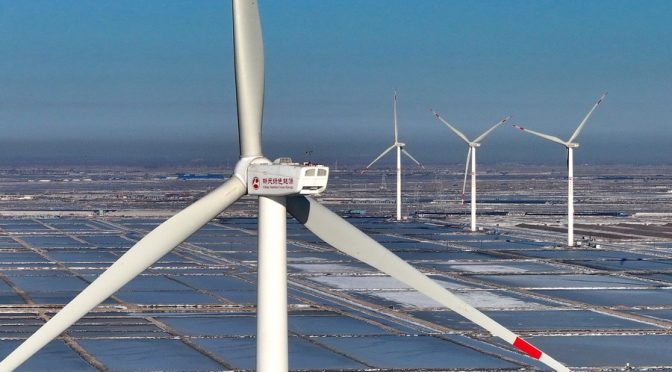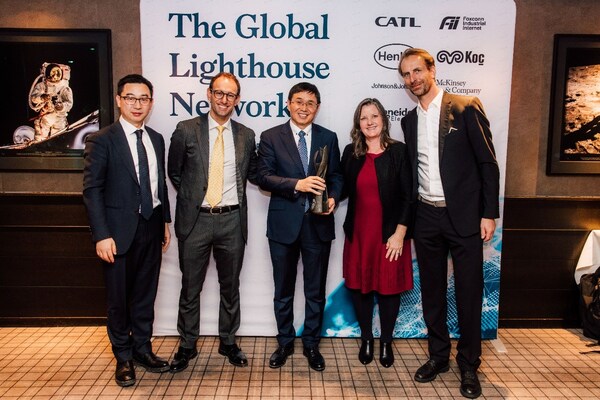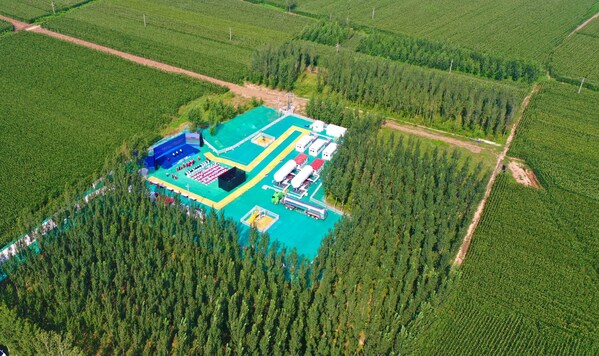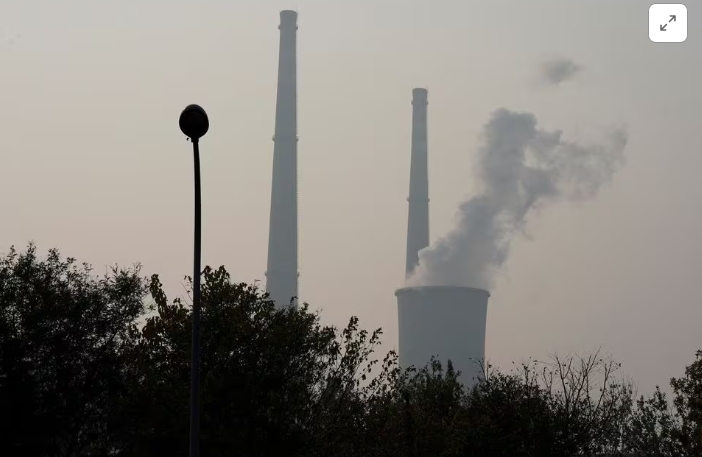A research paper investigating water-cooling for solar panels has shown an increase in voltage change and system yield for panels in high temperatures.
 Some companies already develop solar panel water-cooling technology. Credit: Sunbooster.
Some companies already develop solar panel water-cooling technology. Credit: Sunbooster.
Researchers from India’s PSG College of Technology and the UK’s University of Sheffield published their design in the Mathematical Problems in Engineering journal. The academics designed a system that would cool photovoltaic cells when their components reached temperatures above 45°C, at which point temperature increases lead to efficiency losses.
The experimental system used a water reservoir, pump, and a sprinkler mounted above a solar module to cool the panel. Practical experiments used a 10-year old, 36W, 24V photovoltaic solar module, and a new 37W photovoltaic module, both tested with and without water. Across both trials, the sprinkler system decreased the average temperature of the panel by up to 10°C, while maximum temperatures fell by up to 20°C.
As a result, the panels’ voltage increased by 1.5V-2V, while current decreased by 0.01A-0.03A. The greatest increase in efficiency came during the peak of the day, when the panels grew hottest. At these times, water cooling derived approximately 20% more power than an uncooled control module.
Overall, electrical efficiency of the panels increased by 1%-1.27%. When including the power needed for the water system, the solar operation became 0.5% more effective with cooling.
In one day, the panel consumed 15.6 litres of water, sprayed over the panel when its PV module exceeded 45°C. This in turn heated the water to above 30°C, which was then fed to a water heating system, improving the system’s overall efficiency.
Some companies already offer commercial-scale photovoltaic solar water-cooling systems. In December 2021, French start-up company Sunbooster raised €4.7m ($5.4m) to develop its thermal regulation system for solar panels.







